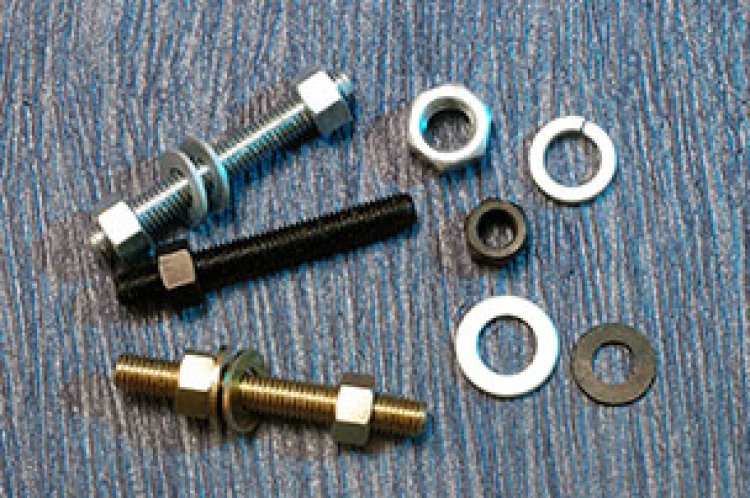The Strength of Threads: A Guide to ASTM Stud Bolts and Nuts- Bigboltnut
The materials used for ASTM stud bolts and nuts are carefully selected to meet specific mechanical properties, including tensile strength, hardness, and resistance to environmental factors like corrosion. Common materials include carbon steel, alloy steel, and stainless steel, each chosen based on the application requirements. For instance, ASTM A193 specifies alloy and stainless steel for high-temperature or high-pressure service, while ASTM A194 covers nuts that pair with these bolts.
Share this Post to earn Money ( Upto ₹100 per 1000 Views )

ASTM stud bolts and nuts are essential components in various industrial applications, known for their reliability and compliance with stringent standards. ASTM, or the American Society for Testing and Materials, provides specifications that ensure these fasteners meet rigorous quality and performance criteria. Stud bolts, which are fully threaded rods with no head, are commonly used in flange connections and high-pressure environments. They are designed to withstand significant mechanical stress and are often paired with heavy hex nuts to secure components in place.
The materials used for ASTM stud bolts and nuts are carefully selected to meet specific mechanical properties, including tensile strength, hardness, and resistance to environmental factors like corrosion. Common materials include carbon steel, alloy steel, and stainless steel, each chosen based on the application requirements. For instance, ASTM A193 specifies alloy and stainless steel for high-temperature or high-pressure service, while ASTM A194 covers nuts that pair with these bolts.
These components are critical in sectors such as petrochemical, oil and gas, power generation, and construction. Their adherence to ASTM standards ensures compatibility, durability, and safety in demanding environments. Proper selection and use of ASTM stud bolts and nuts are crucial for maintaining the integrity and performance of industrial installations.
















